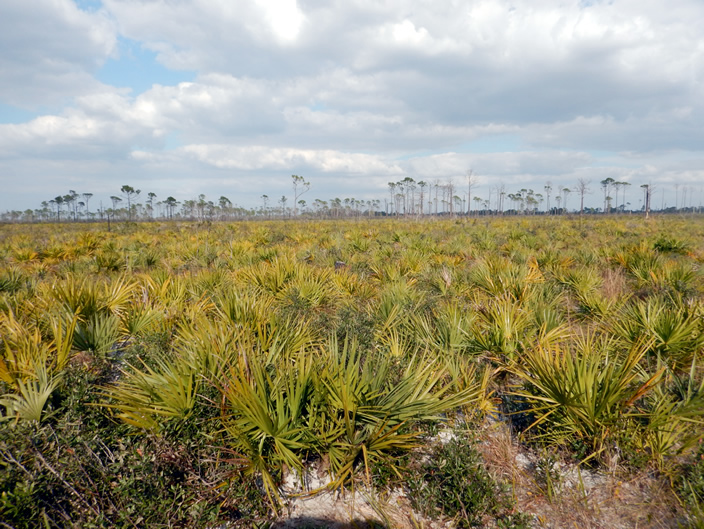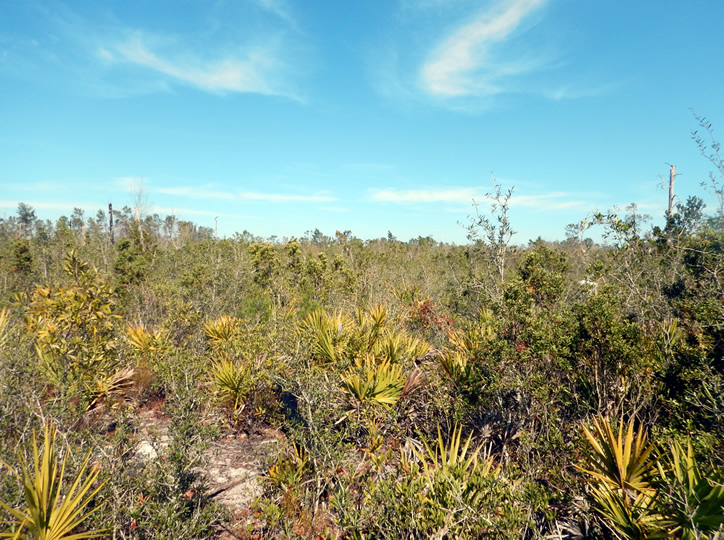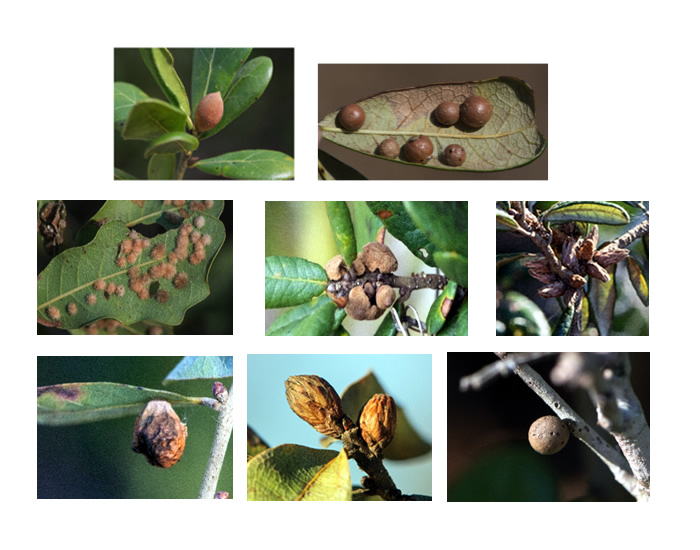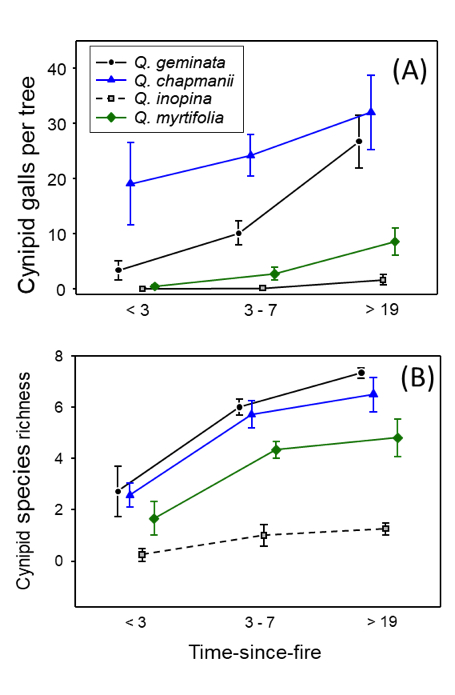Fire History and Oak-Cynipid Community Structure
In the Spring of 2018, I initiated a long term research project to study the effects of fire history on oak-cynipid community structure at Archbold Biological Station (ABS) in Lake Placid, Florida. ABS is a leader in the study of fire management practices on forest community structure. For more than 40 years, the two dominant plant ecosystems at ABS, the scrubby flatwoods and sand-pine scrub (Photos 1 and 2) have been subjected to scheduled burning. Records have been kept on not only the date of each burn but the intensity of each fire (at a resolution of < 10 m2).



In February of 2018, my colleague Dr. Warren Abrahamson (Bucknell University, retired; Photo 3) and I conducted an intensive census of cynipid gall wasps on four oak tree species in the three different ecosystems subjected to different burn histories (scrubby flatwoods, sand pine scrub, and ridge sandhill). Replicate sites were burned 2-3 years ago (recent burn), 5-7 years ago (intermediate burn) and > 19 years ago (not burned since fire management was initiated). We inspected 20 trees per tree species at each site and recorded the numbers of galls per cynipid species.
Among all stands and oaks, we found 25 species of cynipids and there was very little species overlap among oak species, even within the same stand. A few representative cynipid species are shown in Figure 1.


Gall abundance (number per tree) increased with time-since-fire and was correlated with tree height, suggesting that available host material may be a primary driver of cynipid recovery. Within three years of a fire, 16 of the 25 cynipid species were detected among the stands, and by seven years since fire, all but two species could be detected. Overall, species richness and diversity reached an asymptote by 3-7 years (i.e., the intermediate time-since-fire category) (Fig. 2).
Given how quickly the cynipid assemblage recovers after a fire, frequent fires at ABS are unlikely to negatively impact these insects. However, in smaller or more isolated scrub-oak fragments, recovery could be much slower. A manuscript from this work is currently in preparation.
An important next step in our understanding of the ecology of this system would be an investigation of the role of fragment isolation, size and burn history and intensity on cynipid species richness, abundance and population-genetic structure. Landscape features, such as proximity to unburned habitat, the types of unburned habitat within the surrounding landscape, and the amount of edge, may all be important factors to consider as well. We also recommend that future studies with this system explore how the above factors influence multi-trophic interactions.
Recently, my graduate student, Andrew Mikolinski, has decided to base his dissertation research on the scrub oaks of Archbold and the Lake Wales Ridge. He is extending our research to include all of the arthropods associated with these scrub oaks. Additionally, he is interested in how dispersal limitation, in combination with time-since-fire, influences community structure. We know so little about the dispersal ability of most arthropod species and so adding this component to the study of fire effects on community structure will help fill an important gap in this field. Stay tuned for results from Andrew’s 2025 field season.





